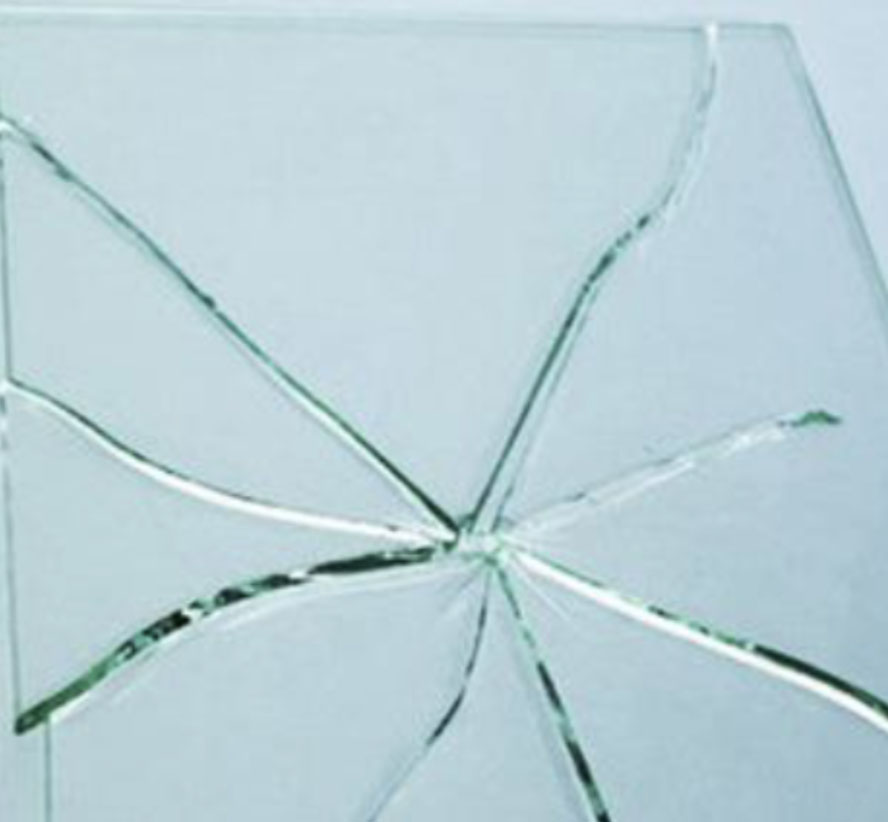Construction of Full Residual Stress Depth Profile in Glass Using the Knowledge of Surface Stress
DOI:
https://doi.org/10.7480/cgc.7.4504Downloads

Abstract
This paper presents the development of a simple method to determine the full residual stress depth profile in architectural (i.e. construction sector) glass. The proposed model requires only the knowledge of the surface residual stress of glass, which can be known from the glass manufacturer or can be measured using a Scattered-Light-Polariscope (SCALP), as input. The requirement of through-thickness force equilibrium and the knowledge of parabolic shape of the residual stress depth profile are used to uniquely determine the residual stress depth profile in any given glass panel. Unlike the complex models reported in the literature, the proposed technique does not require modelling the complex multi-physics phenomenon of the generation of residual stress or the use of complex computational models. The residual stress predictions from the proposed model were validated against experimental results. The paper also presents a sensitivity analysis in order to justify the accuracy of the proposed model even after the possible errors/inaccuracies in the only input data (i.e. surface stress) of the model was incorporated in the analyses.
Published
Issue
Section
Strength & Stability
Keywords:
Analysis, Design, Glass, Residual stress, StructuresLicense
Copyright (c) 2020 Mithila Achintha

This work is licensed under a Creative Commons Attribution 4.0 International License.



